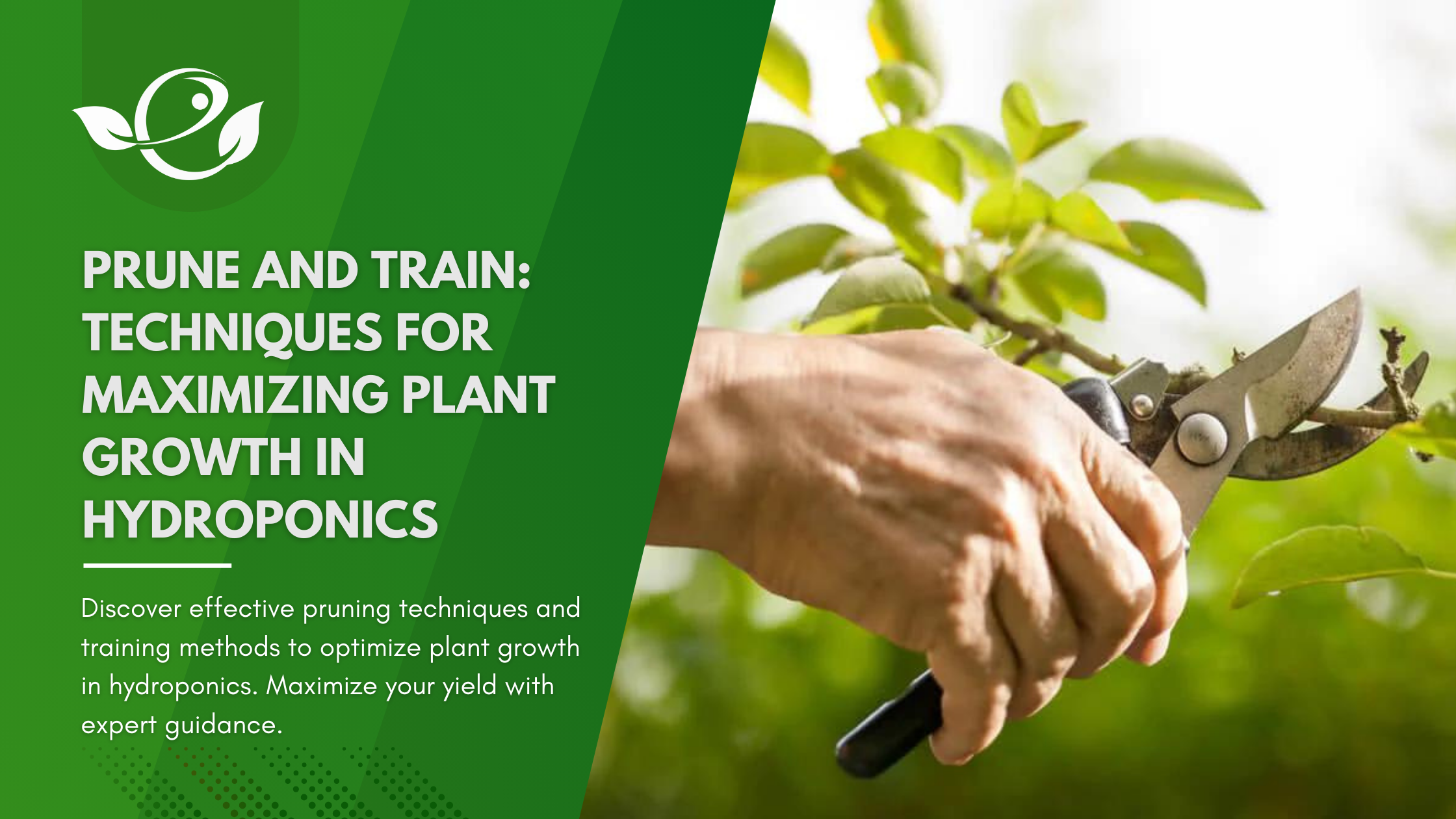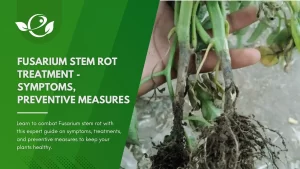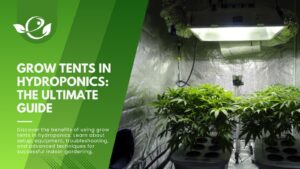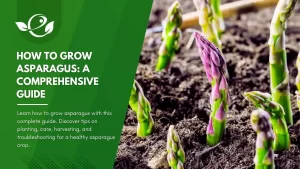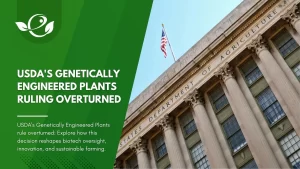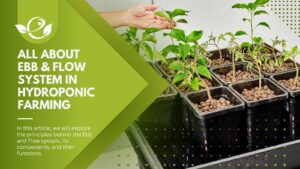Table of Contents
Introduction
In the realm of modern agriculture, hydroponics stands as a beacon of innovation, offering efficient and sustainable methods for cultivating plants without soil. At the heart of successful hydroponic gardening lies the mastery of “Prune and Train” techniques, pivotal practices that empower growers to optimize plant growth, maximize yields, and overcome the constraints of limited space. In this comprehensive guide, we delve into the intricacies of pruning and training methods, uncovering their significance in hydroponic systems.
Understanding Hydroponics
Hydroponics, a method of growing plants without soil, has a rich history dating back to ancient civilizations. Today, it represents a cornerstone of sustainable agriculture, offering numerous benefits such as water conservation, reduced nutrient wastage, and accelerated growth rates. Various hydroponic systems, including Nutrient Film Technique (NFT), Deep Water Culture (DWC), Ebb and Flow (Flood and Drain), Aeroponics, and the Wick System, provide adaptable platforms for nurturing diverse plant species in controlled environments.
Importance of Pruning and Training in Hydroponics
Reasons for Pruning and Training Plants
- Maximizing Yield: By selectively removing excess growth, resources are directed towards essential areas, enhancing overall productivity.
- Controlling Plant Size: Pruning and training techniques allow growers to manage plant size, optimizing space utilization and facilitating efficient light exposure.
- Enhancing Nutrient Uptake: Strategic pruning fosters healthier root systems, promoting nutrient absorption and bolstering plant vitality.
- Improving Light Penetration: Properly pruned plants exhibit improved light distribution, ensuring uniform photosynthesis and robust growth.
Benefits of Proper Pruning and Training Techniques
- Increased Yield: Enhanced resource allocation and improved light exposure translate into higher yields per unit area.
- Optimized Plant Health: Pruning and training mitigate the risk of disease by promoting air circulation and reducing moisture retention.
- Space Efficiency: Controlled plant size allows for higher plant densities, maximizing production within limited space constraints.
Challenges of Neglecting Pruning and Training
Failure to implement pruning and training techniques can lead to:
- Overcrowding: Uncontrolled growth results in overcrowded canopies, hindering air circulation and promoting disease.
- Reduced Yield: Competition for resources among densely packed plants diminishes overall productivity.
- Uneven Growth: Without intervention, plants may exhibit uneven growth patterns, compromising uniformity and quality.
Pruning Techniques
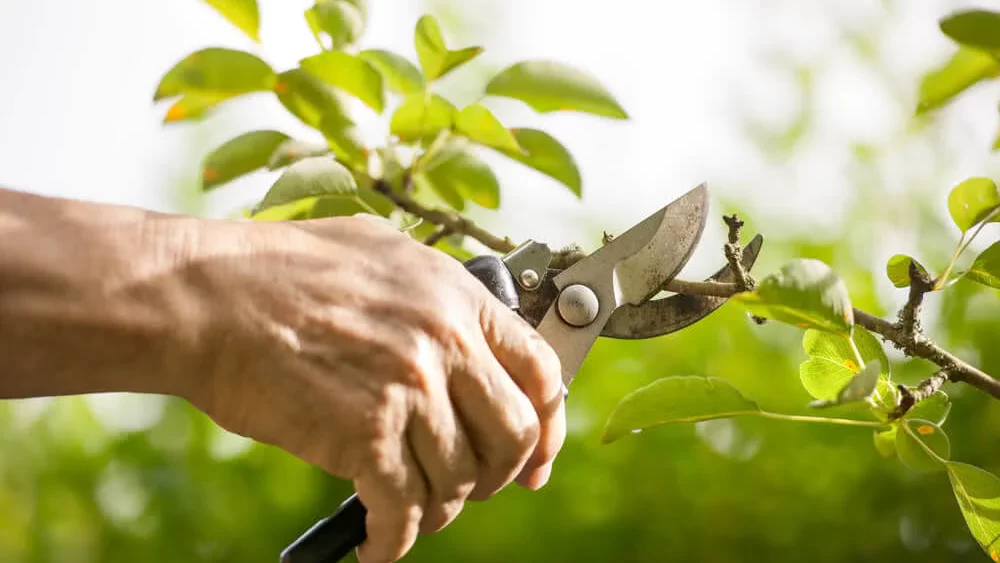
Definition of Pruning in Hydroponics
Pruning involves the selective removal of plant parts to achieve specific objectives, such as enhancing growth, controlling size, or improving aesthetics.
Types of Pruning
- Top Pruning: Trimming of apical buds to encourage lateral growth and branching.
- Root Pruning: Trimming of root systems to manage plant size and prevent root-bound conditions.
- Leaf Pruning: Removal of excess foliage to improve light penetration and airflow within the canopy.
Steps for Effective Pruning
- Selecting the Right Tools: Pruning shears, scissors, or sharp knives are essential for precision pruning without causing damage to plants.
- Identifying Which Parts to Prune: Targeting diseased, damaged, or overcrowded foliage ensures optimal resource allocation.
- Timing of Pruning: Pruning at appropriate growth stages minimizes stress and maximizes the benefits of intervention.
- Techniques for Different Plant Types: Tailoring pruning techniques to the specific growth habits and requirements of each plant species yields optimal results.
Common Mistakes to Avoid
- Over-Pruning: Excessive removal of plant material can stunt growth and compromise overall plant health.
- Improper Sterilization: Failure to sanitize pruning tools can spread pathogens, increasing the risk of disease transmission.
Training Techniques
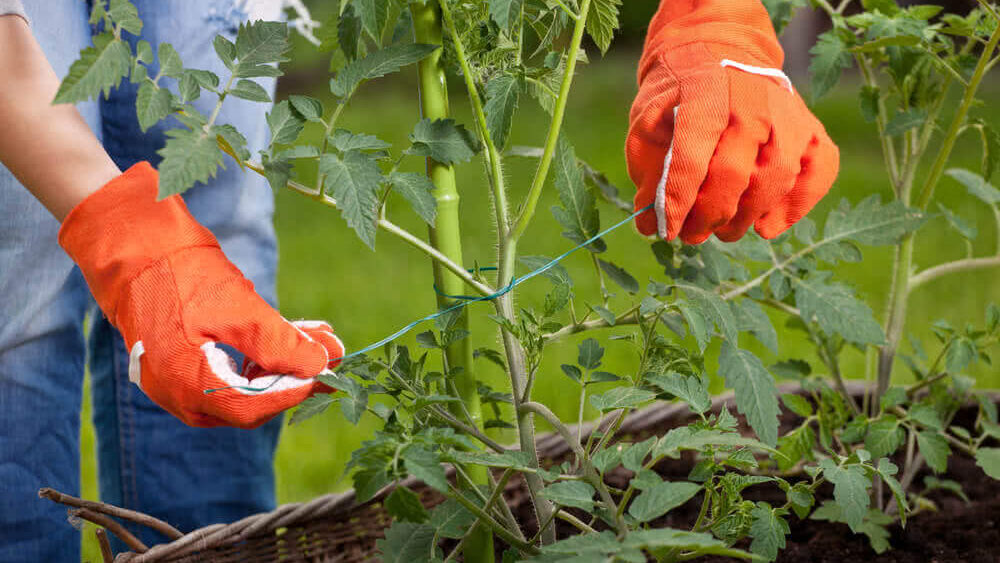
Definition of Training in Hydroponics
Training involves manipulating plant growth patterns to optimize space utilization, light exposure, and airflow within hydroponic systems.
Types of Training
- Low-Stress Training (LST): Gentle bending and tying of branches to promote lateral growth and canopy uniformity.
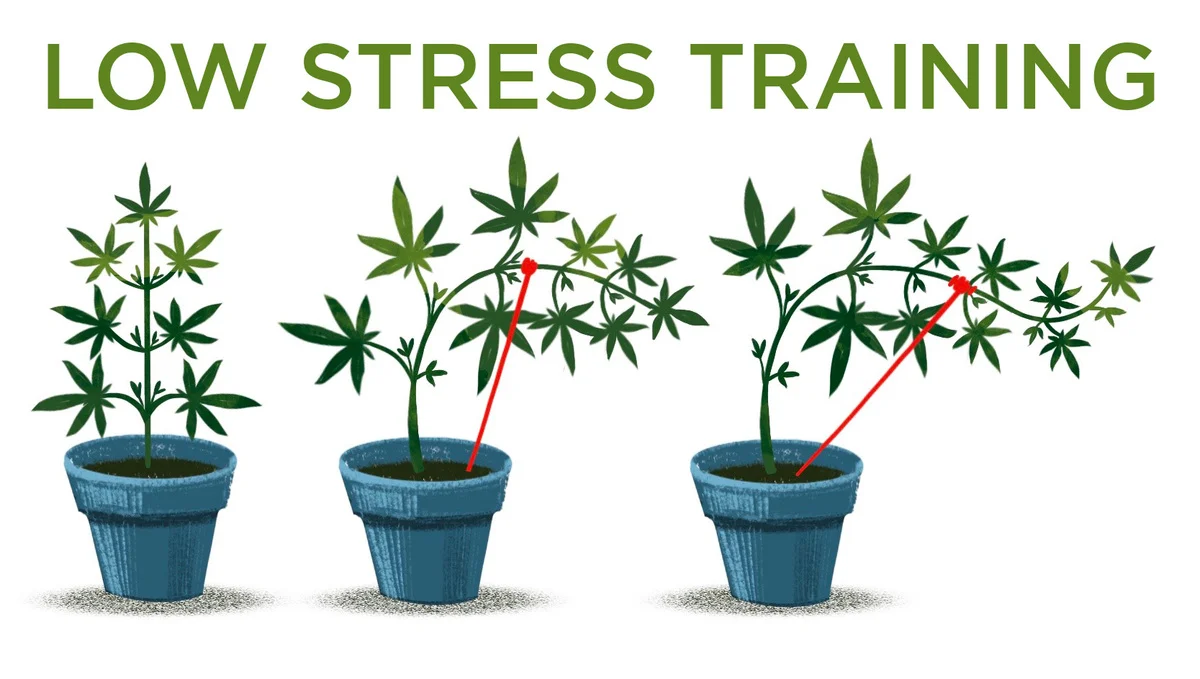
- Screen of Green (SCROG): Utilization of a horizontal screen to encourage even canopy development and maximize light penetration.

- Sea of Green (SOG): Cultivation of numerous small plants closely spaced together to maximize yield per unit area.
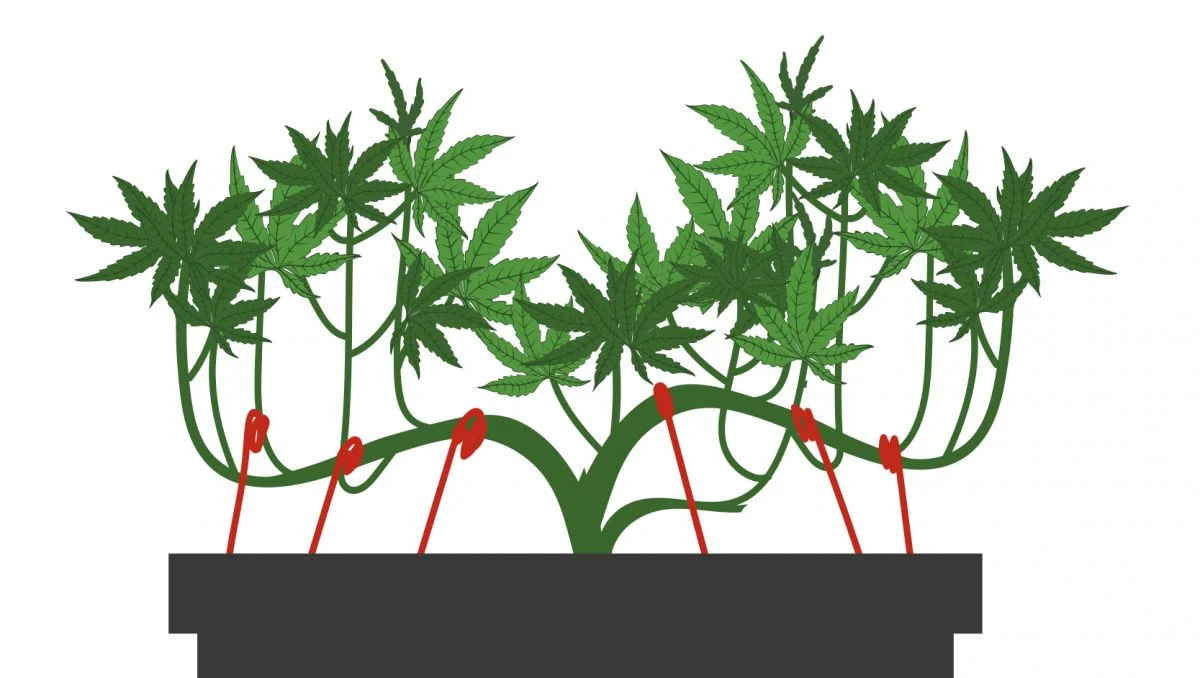
- Supercropping: Controlled bending or pinching of stems to strengthen branches and enhance nutrient distribution.

- High-Stress Training (HST): Aggressive techniques such as topping or fimming to induce branching and increase bud sites.
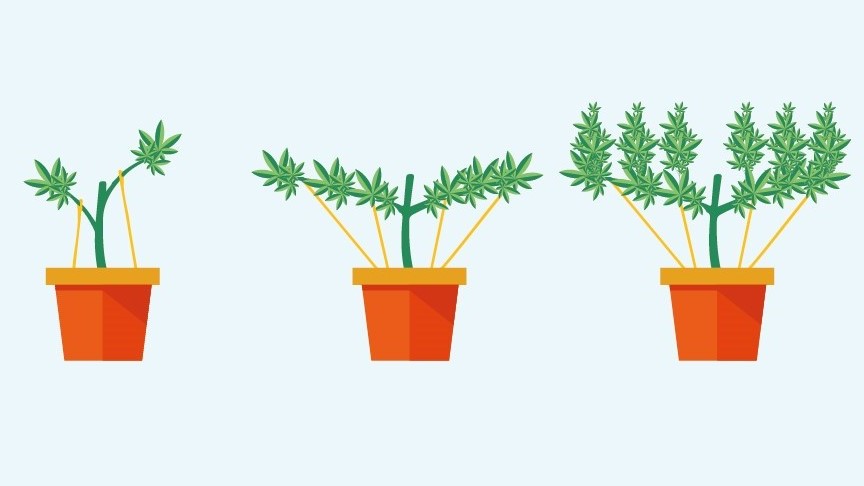
Steps for Effective Training
- Understanding Plant Growth Patterns: Knowledge of plant physiology and growth habits informs strategic training decisions.
- Choosing the Appropriate Training Method: Matching training techniques to the specific needs and characteristics of each plant species optimizes results.
- Implementing Training at the Right Stage of Growth: Intervening early ensures optimal response and minimizes stress on plants.
- Maintaining Consistency Throughout the Process: Regular monitoring and adjustment of training techniques ensure uniform growth and maximize benefits.
Advantages and Disadvantages of Different Training Methods
- Advantages: Increased yield, improved light penetration, enhanced airflow, and space optimization.
- Disadvantages: Requires time, effort, and expertise; may induce stress if improperly executed.
Troubleshooting and Tips
Identifying Signs of Over-Pruning or Improper Training
- Stunted Growth: Reduced growth rates or abnormal plant development may indicate excessive pruning or training.
- Yellowing Leaves: Nutrient deficiencies resulting from root damage or stress caused by improper training techniques.
Adjusting Techniques Based on Plant Response
- Flexibility: Tailoring pruning and training methods based on individual plant response ensures optimal outcomes.
- Continuous Monitoring: Regular observation allows for timely adjustments to minimize negative impacts.
Tips for Optimization
- Maintain Sterile Tools: Regularly clean and sterilize pruning equipment to prevent disease transmission.
- Promote Air Circulation: Ensure adequate airflow within hydroponic systems to minimize humidity-related issues.
Conclusion
In the dynamic world of hydroponic gardening, mastering the art of pruning and training is essential for unlocking the full potential of plant growth and maximizing yields. By implementing strategic techniques tailored to specific plant requirements and growth stages, growers can overcome challenges, optimize space utilization, and achieve consistent success in their
Frequently Asked Questions (FAQ)
1. Why is pruning necessary in hydroponic systems?
Pruning is essential in hydroponics to manage plant size, promote airflow, and enhance light penetration within the canopy. By selectively removing excess foliage, growers can optimize resource allocation, prevent overcrowding, and mitigate the risk of disease.
2. When is the best time to prune plants in a hydroponic setup?
The timing of pruning largely depends on the growth stage and specific requirements of each plant species. However, it’s generally advisable to prune during the vegetative stage or early flowering stage to minimize stress and maximize the benefits of intervention.
3. Can pruning affect the overall yield of hydroponically grown plants?
Yes, pruning can significantly impact yield by directing resources towards essential areas, such as bud development, and improving light distribution within the canopy. Properly pruned plants often exhibit higher yields compared to unpruned counterparts due to enhanced growth and resource utilization.
4. How does training benefit hydroponic plants?
Training techniques such as Low-Stress Training (LST) and Screen of Green (SCROG) are employed to manipulate plant growth patterns, optimize space utilization, and maximize light exposure. By encouraging lateral growth and canopy uniformity, training methods facilitate efficient nutrient uptake and airflow, ultimately leading to increased yields.
5. Is it possible to over-prune or over-train hydroponic plants?
Yes, over-pruning or over-training can have detrimental effects on plant health and yield. Excessive removal of foliage or aggressive training techniques can induce stress, stunt growth, and compromise overall plant vigor. It’s essential to strike a balance and monitor plant response to avoid adverse outcomes.
6. Can beginners implement pruning and training techniques in hydroponics?
Yes, beginners can certainly implement pruning and training techniques with proper guidance and understanding of plant physiology. Starting with basic techniques and gradually gaining experience will help growers develop the skills necessary to effectively manage plant growth and maximize yields in hydroponic systems.
